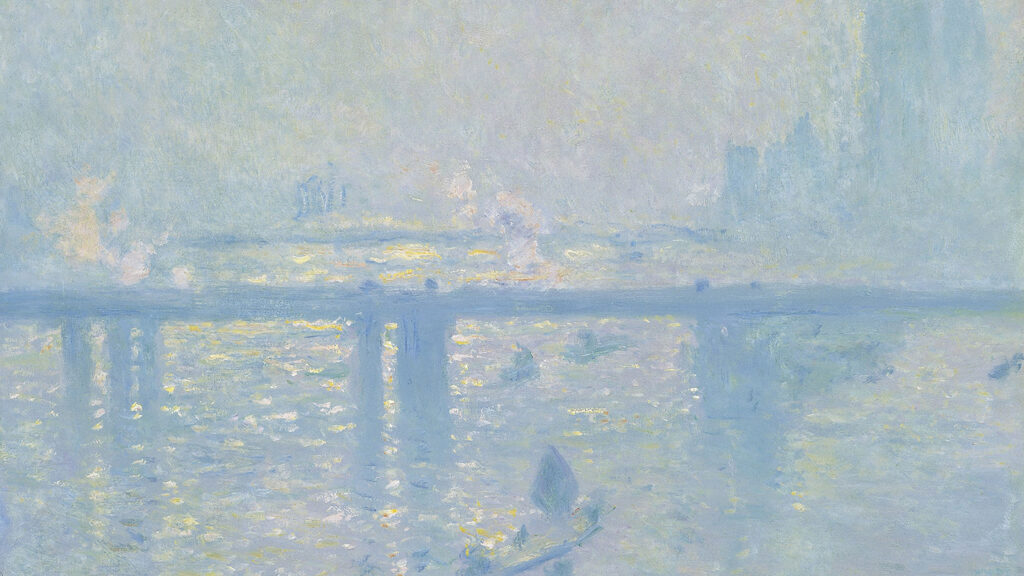Tokyo, 27 February, /AJMEDIA/
The 19th century landscape paintings hanging in London’s Tate Britain museum looked awfully familiar to climate physicist Anna Lea Albright. Artist Joseph Mallord William Turner’s signature way of shrouding his vistas in fog and smoke reminded Albright of her own research tracking air pollution.
“I started wondering if there was a connection,” says Albright, who had been visiting the museum on a day off from the Laboratory for Dynamical Meteorology in Paris. After all, Turner — a forerunner of the impressionist movement — was painting as Britain’s industrial revolution gathered steam, and a growing number of belching manufacturing plants earned London the nickname “The Big Smoke.”
Turner’s early works, such as his 1814 painting “Apullia in Search of Appullus,” were rendered in sharp details. Later works, like his celebrated 1844 painting “Rain, Steam and Speed — the Great Western Railway,” embraced a dreamier, fuzzier aesthetic.
Perhaps, Albright thought, this burgeoning painting style wasn’t a purely artistic phenomenon. Perhaps Turner and his successors painted exactly what they saw: their environs becoming more and more obscured by smokestack haze.
To find out how much realism there is in impressionism, Albright teamed up with Harvard University climatologist Peter Huybers, who’s an expert in reconstructing pollution before instruments existed to closely track air quality. Their analysis of nearly 130 paintings by Turner, Paris-based impressionist Claude Monet and several others tells a tale of two modernizing cities.
Low contrast and whiter hues are hallmarks of the impressionist style. They are also hallmarks of air pollution, which can affect how a distant scene looks to the naked eye. Tiny airborne particles, or aerosols, can absorb or scatter light. That makes the bright parts of objects appear dimmer while also shifting the entire scene’s color toward neutral white.
The artworks that Albright and Huybers investigated, which span from the late 1700s to the early 1900s, decrease in contrast as the 19th century progresses. That trend tracks with an increase in air pollution, estimated from historical records of coal sales, Albright and Huybers report in the Feb. 7 Proceedings of the National Academy of Sciences.
“Our results indicate that [19th century] paintings capture changes in the optical environment associated with increasingly polluted atmospheres during the industrial revolution,” the researchers write.
Albright and Huybers distinguished art from aerosol by first using a mathematical model to analyze the contrast and color of 60 paintings that Turner made between 1796 and 1850 as well as 38 Monet works from 1864 to 1901. They then compared the findings to sulfur dioxide emissions over the century, estimated from the trend in the annual amount of coal sold and burned in London and Paris. When sulfur dioxide reacts with molecules in the atmosphere, aerosols form.

